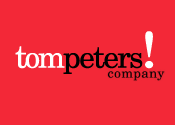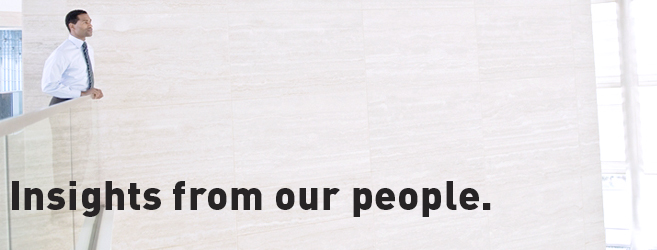There’s a statement on our Future Shape of the Winner (FSW) model that often gets singled out – Statement 34. We exploit the latest techniques and technologies to deliver our products and services more efficiently, to provide a more intimate and personalized service, and to expand our offering through new products, features, and/or services for our clients/customers.
In an Excellence Audit Survey, this statement often has one of the highest gaps between the current and future ratings, which puts it near the top of the list for improvement attention. It is also very common for people to point the finger at the IT department by way of an explanation – saying they don’t get enough support/investment for this kind of activity.
But in these days of Social Media, surely this kind of connectivity is much more freely available? And do we really need the IT folks to lead the way for us?
Frank Eliason, (formerly of Comcast and now of Citi Corp), has become a bit of a guru of the use of Social Media to connect with customers. In a recent interview,with Social Media Examiner, he explains how SM can be used to transform relationships with customers. His early experiments focused on dealing with unhappy customers, and nipping service issues in the bud before anyone had the chance to get the word out in the Twittersfere!! But what he/Comcast discovered was that the potential of SM is much greater than that. Well handled, these virtual conversations with customers became a revolutionary way to connect with both happy and unhappy customers. And as well as providing great customer experiences they are also great for getting the Brand message out to a wide range of people.
This is a brilliant example of our Excellence Model (FSW) in action. FSW focuses on the options leaders have to put their people into a position to do their best work. The model also acknowledges how interconnected the various elements of an organization are, and how it is people that are the constant factor. Rather than people being seen as one of the elements within an organization, we make people the central element. Take a look at our Gyroscope model to see how we explain the model.
In Frank’s example, the use of social media gives people a simple and immediate way of delivering a personal service to clients and lets them put their own personality into their work.
Have you dipped your toes into the Social Media waters yet, and if you have, how is it going? Tell us about your experience!

